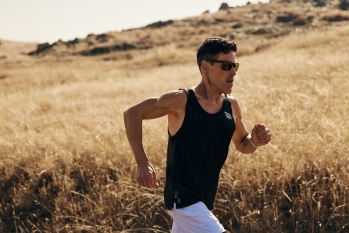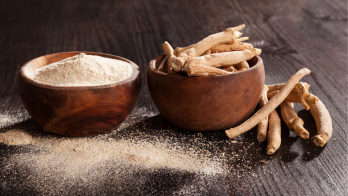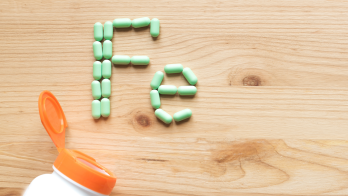The ultimate guide to personalized protein powder
Whether you’re a recreational gym-goer or an elite athlete, chances are you’ve turned to protein powder to meet your needs on the go. However, not all protein powders are created equal. From specific dosing to stimulated muscle protein growth, here’s how personalized protein powder can help optimize recovery and enhance performance.
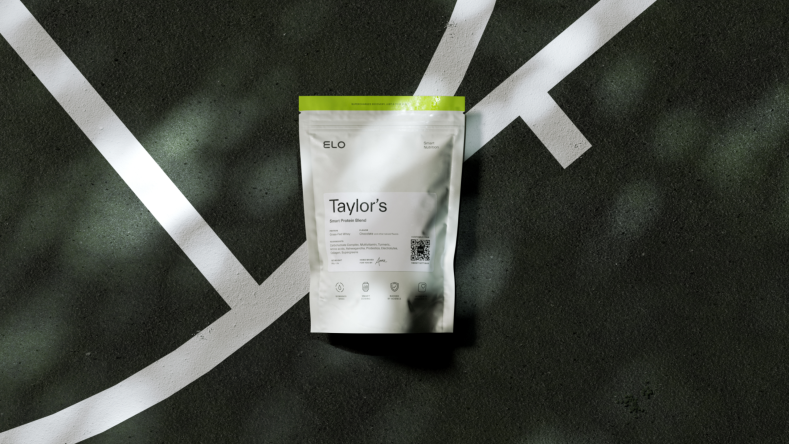
Protein powder is a popular post-workout choice, and for good reason. Science has long suggested that protein plays a major role in building lean muscle mass, improving strength, and promoting tissue repair. However, not all protein powders are created equal. While many products on the market provide generalized dosing information, we argue that personalized protein, created specifically for your needs and goals, is by far the superior choice.
But before we dive into how personalized protein powder works, let’s briefly discuss what protein is and the role supplementation plays in performance.
The importance of protein
Protein is an essential macronutrient composed of 20 different amino acids, nine of which must be obtained from the diet because the body can’t produce them on its own. Amino acids are considered the primary building blocks of your body because they are found in muscles, tendons, bone, skin, hormones, tissue, enzymes, red blood cells, and more [ 1
Dietary protein provides the amino acids your body needs to build and repair muscles, heal wounds and injuries, synthesize hormones and enzymes, and even store and carry oxygen throughout the body.
Additionally, protein is important for stimulating muscle protein synthesis post-workout, and can be used to offset muscle loss during weight loss [ 7 8
How much protein do you need per day?
The Dietary Reference Intake (DRI) for protein for adults is as follows [ 2 3
Men and women: 0.8 g protein/kg of body weight/day
Over 65 years old: 1 to 1.2 g protein/kg of body weight/day
Athletes and highly active individuals: range is between 1.2-2.5 g/kg of body weight/day, depending on training needs and goals [
4
,5
,6
].
However, these numbers will vary depending on your activity level, age, and other needs, so talk with a dietitian or your healthcare provider to see what is right for you.
Good protein sources
Good protein sources include eggs, dairy, lean meat, poultry, fish, beans, lentils, soybeans, tofu, and protein-fortified foods.
While you can get adequate amounts of protein through diet, protein powder can help bridge the gap for any deficiencies. This is a powdered form of protein that comes from milk (casein or whey), egg white powder, or plant sources (soy, pea, rice, pumpkin seed and hemp).
Athletes, weight lifters, older adults, active men and women, vegetarians/vegans, and individuals with a chronic illness may find it challenging to meet their protein goals from food alone, so they may benefit from including protein powder in their diet.
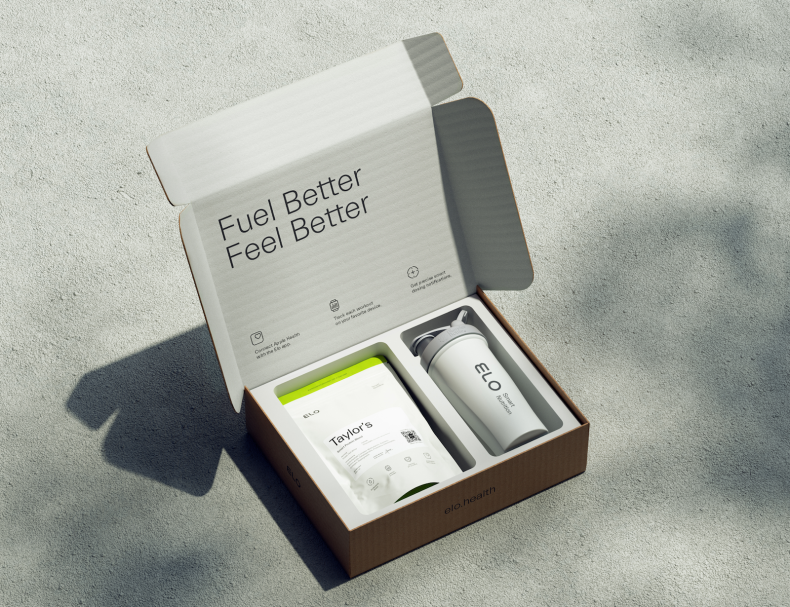
What is personalized protein powder?
Personalized protein powder is a custom blend of protein designed to support your unique health and fitness goals and align with your dietary preferences. Think of it as a supplement and protein powder in one scoop, specifically designed for you. Since we all have different nutritional needs and goals, you need a protein powder that will work for you, not against you. A personalized protein powder specifies ingredients (plant vs. whey), and include functional additives (like probiotics and ashwagandha
While personalized protein powders are usually more expensive than their generic counterparts, they can be an effective way to get the right blend of protein for your specific needs.
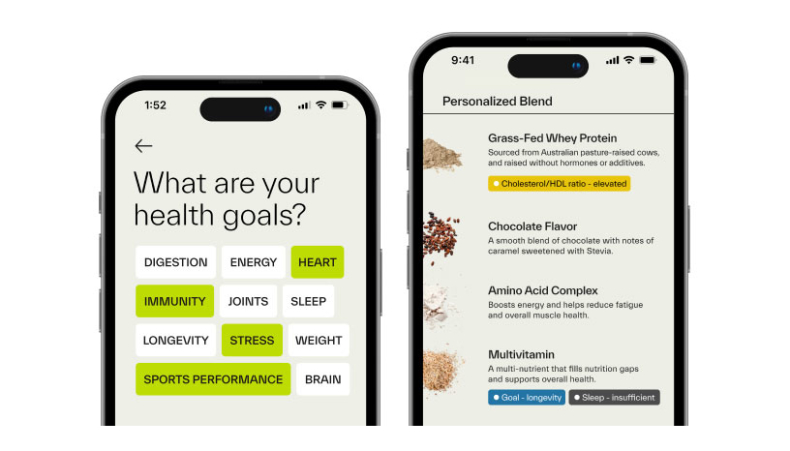
Elo Smart Protein
Elo Smart Protein is for exercise enthusiasts of any age–amateur and professional alike–who are looking for a way to further boost recovery and enhance performance. Unlike other custom protein products, Elo Smart Protein draws data from your wearables to provide specific protein dosing recommendations after every workout.
How it works
Elo Smart Protein is designed to fit your specific needs based on your activity levels and goals. Here’s how it works to deliver a dose that’s unique to you.
Connect. To begin, sync your workout data to the Elo app via Apple Health and turn on notifications.
Answer the questionnaire in the Elo App. Once you’ve synced your data, we ask a few simple questions to determine the right type of protein, and functional ingredients for you. Then, we ship your personalized protein blend straight to your door.
Workout. Strap on your wearable and sweat! Once you’ve completed your workout, we will send you a Smart Protein dosing recommendation based on the activity completed.
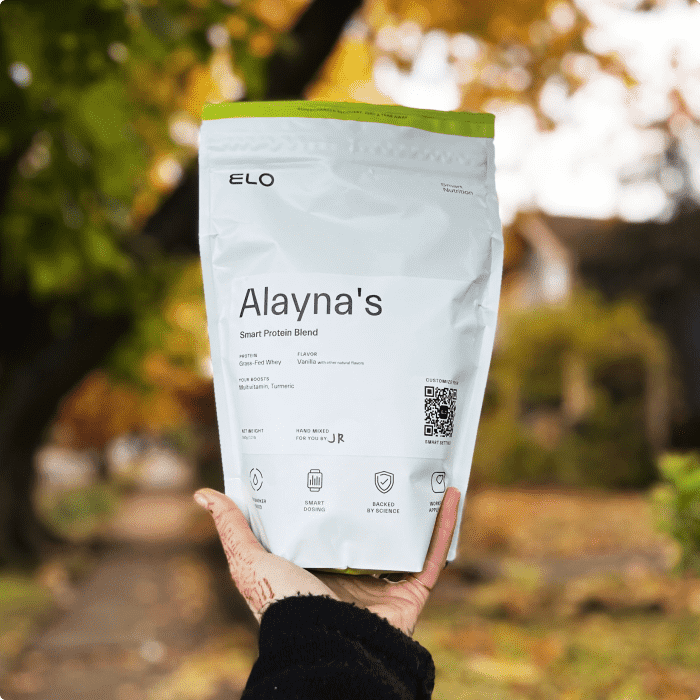
What makes Elo Smart Protein different from other protein powders?
Let’s dive a bit deeper into how Elo’s protein powder differs from other products on the market, and how this technology can impact your health, recovery, and performance goals.
Blended specially for you.
Elo Smart Protein takes into account your goals, health history, dietary preferences and wearable data to determine the right protein blend specifically for you. In addition, we provide protein dosing recommendations after every workout so you're never left guessing about how much protein you need and when (more about that below).
Functional boosters.
Elo Smart Protein offers functional boosters (like ashwagandha, turmeric, collagen, probiotics, electrolytes, BCAA, EAA, and supergreens) depending on your needs and goals. Elo also offers whey and pea protein, as well as a multivitamin and other nutrients. Elo Smart Protein supports both workout recovery and your goals beyond athletic achievement.
Specific dosing to optimize recovery.
Smart Protein syncs with wearables to provide specific dosing recommendations after every workout. Our dosing recommendations are carefully calibrated based on the latest science and the activity completed, to help you recover better.
Third-party testing.
Unlike food, supplement regulation is largely in the hands of the manufacturer, and FDA approval is only required when the product contains a new ingredient. For this reason, our protein blends undergo rigorous third-party testing to ensure that what you see on the label is what you get. We go to great lengths to ensure that the ingredients in your protein blend are pure and effective. Learn more about Elo’s third party testing process here
Summary
Protein powder is commonly used to support muscle recovery post-workout, yet not all of them are created equal. Unlike other protein products, Elo Smart Protein takes into account your goals, health history, wearable data, and dietary preferences to come up with exactly the right mix for you. Moreover, the Elo App syncs with your wearables to provide protein dosage recommendations based on the activity you just completed.
Disclaimer: The text, images, videos, and other media on this page are provided for informational purposes only and are not intended to treat, diagnose or replace personalized medical care.
Key takeaways
Not all protein powder is created equal, and since we all have different needs, a personalized protein powder can help optimize your results both in and out of the gym.
Elo Smart Protein is for exercise enthusiasts of any age–amateur and professional alike–who are looking for a way to further boost recovery and enhance performance.
Unlike other protein products, Elo Smart Protein takes into account your goals, health history, wearable data, and dietary preferences to come up with exactly the right mix for you.
The Elo App syncs with your wearables to provide protein dosage recommendations based on the activity you just completed.
Elo Smart Protein undergoes rigorous third-party testing to ensure that what you see on the label is what you get.
References:
Biochemistry, essential amino acids - statpearls - NCBI ... (n.d.). Retrieved May 18, 2022, from
https://www.ncbi.nlm.nih.gov/books/NBK557845/
Jäger, R., Kerksick, C. M., Campbell, B. I., Cribb, P. J., Wells, S. D., Skwiat, T. M., Purpura, M., Ziegenfuss, T. N., Ferrando, A. A., Arent, S. M., Smith-Ryan, A. E., Stout, J. R., Arciero, P. J., Ormsbee, M. J., Taylor, L. W., Wilborn, C. D., Kalman, D. S., Kreider, R. B., Willoughby, D. S., Hoffman, J. R., … Antonio, J. (2017). International Society of Sports Nutrition Position Stand: protein and exercise. Journal of the International Society of Sports Nutrition, 14, 20.
https://doi.org/10.1186/s12970-017-0177-8
Bauer, J., Biolo, G., Cederholm, T., Cesari, M., Cruz-Jentoft, A. J., Morley, J. E., Phillips, S., Sieber, C., Stehle, P., Teta, D., Visvanathan, R., Volpi, E., & Boirie, Y. (2013). Evidence-based recommendations for optimal dietary protein intake in older people: A position paper from the Prot-Age Study Group. Journal of the American Medical Directors Association, 14(8), 542–559.
https://doi.org/10.1016/j.jamda.2013.05.021
Stokes, T., Hector, A., Morton, R., McGlory, C., & Phillips, S. (2018). Recent perspectives regarding the role of dietary protein for the promotion of muscle hypertrophy with resistance exercise training. Nutrients, 10(2), 180.
https://doi.org/10.3390/nu10020180
Carbone, J. W., & Pasiakos, S. M. (2019). Dietary protein and muscle mass: Translating science to application and Health Benefit. Nutrients, 11(5), 1136.
https://doi.org/10.3390/nu11051136
Deldicque, L. (2020). Protein intake and exercise-induced skeletal muscle hypertrophy: An update. Nutrients, 12(7), 2023.
https://doi.org/10.3390/nu12072023
Weinert D. J. (2009). Nutrition and muscle protein synthesis: a descriptive review. The Journal of the Canadian Chiropractic Association, 53(3), 186–193.
Jäger, R., Kerksick, C. M., Campbell, B. I., Cribb, P. J., Wells, S. D., Skwiat, T. M., Purpura, M., Ziegenfuss, T. N., Ferrando, A. A., Arent, S. M., Smith-Ryan, A. E., Stout, J. R., Arciero, P. J., Ormsbee, M. J., Taylor, L. W., Wilborn, C. D., Kalman, D. S., Kreider, R. B., Willoughby, D. S., … Antonio, J. (2017). International Society of Sports Nutrition Position Stand: Protein and exercise. Journal of the International Society of Sports Nutrition, 14(1).
https://doi.org/10.1186/s12970-017-0177-8

